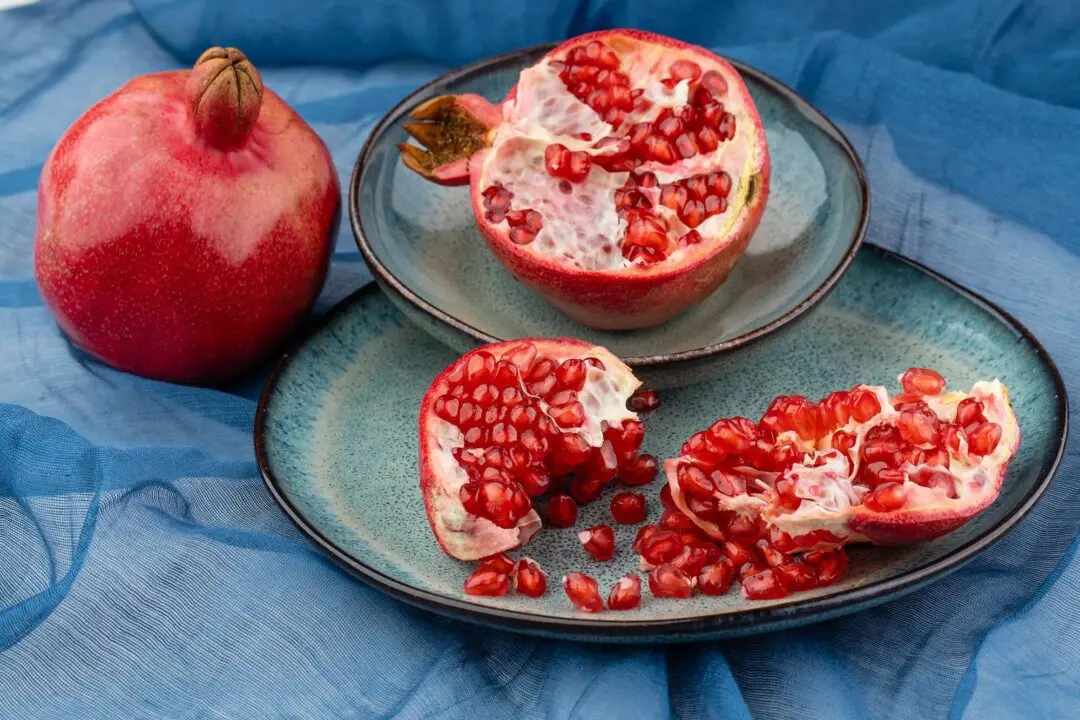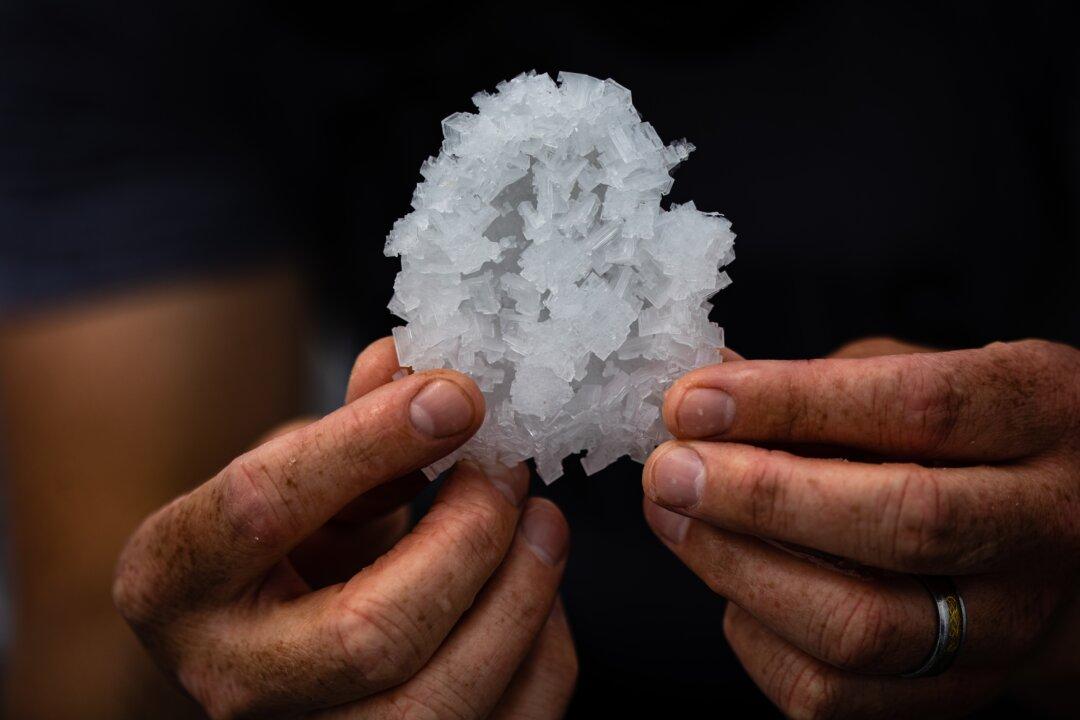Tiny but mighty: New Mexico piñon nuts are intensely packed with flavor.
My sister, Kristin, and I grin with appreciation as we sample the piñon ice cream at Katrina’s, a bright, compact little sweets bistro in downtown Albuquerque. The confection not only genuinely tastes like the pine nuts—a subtly sweet butteriness—but also carries hints of the pithy, redolent aroma of this iconic Southwest food. Its essence is evocative for us both, as our adult lives started in New Mexico long ago.





